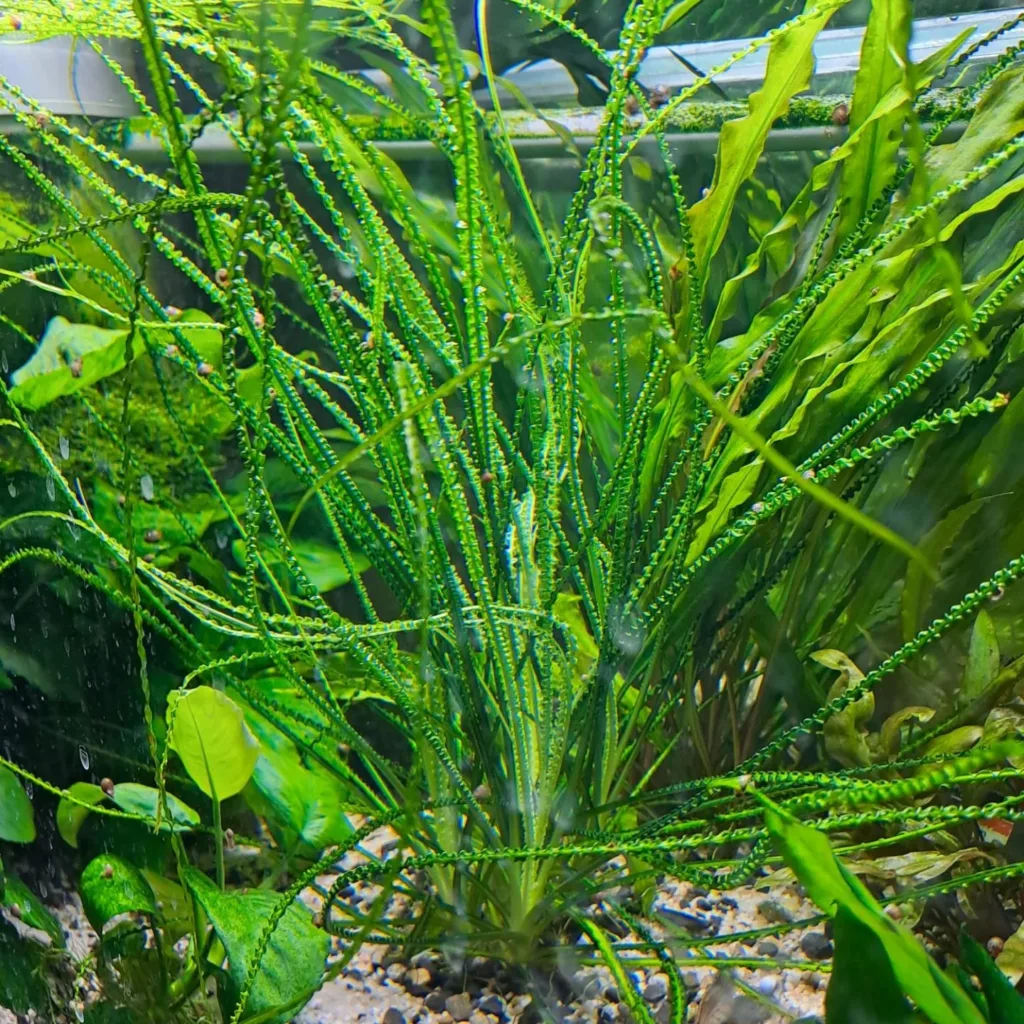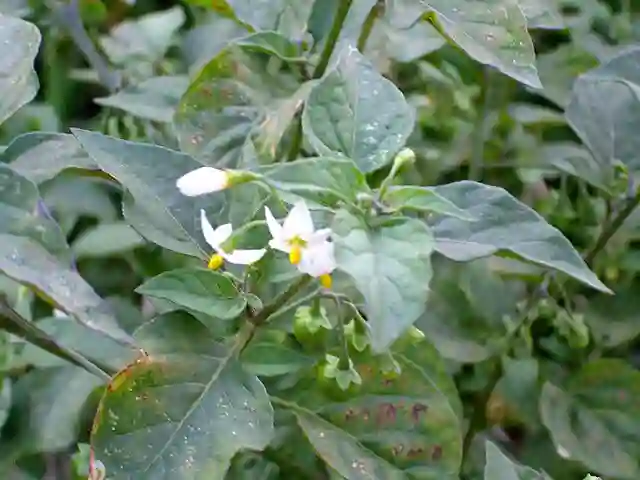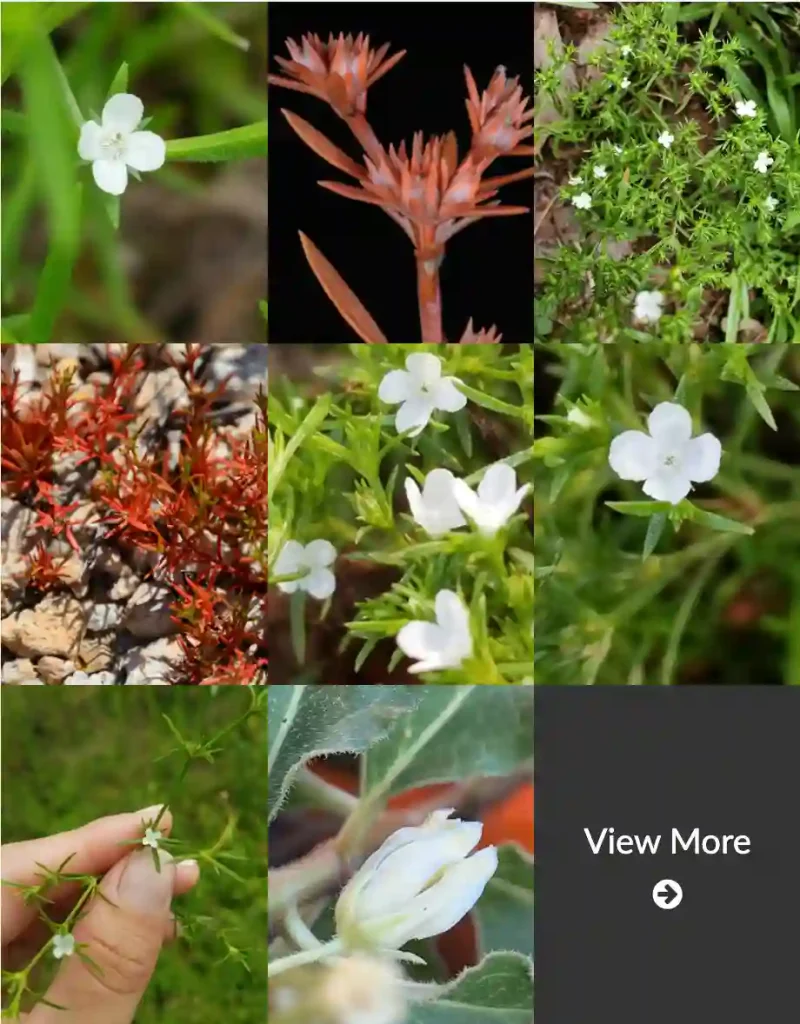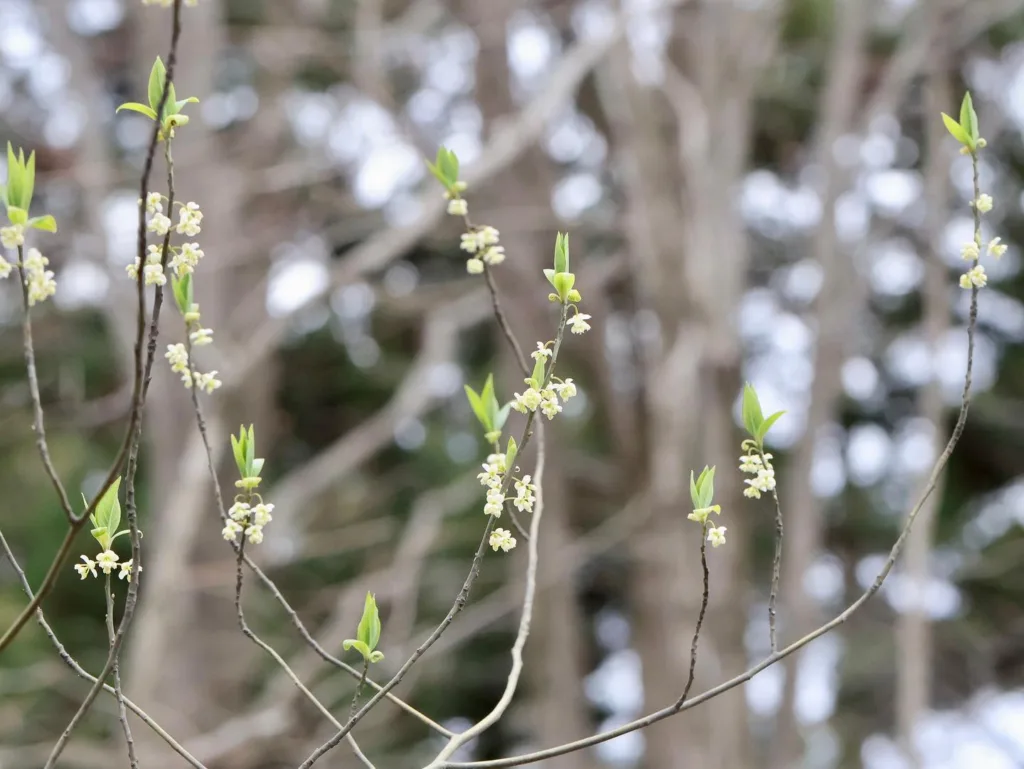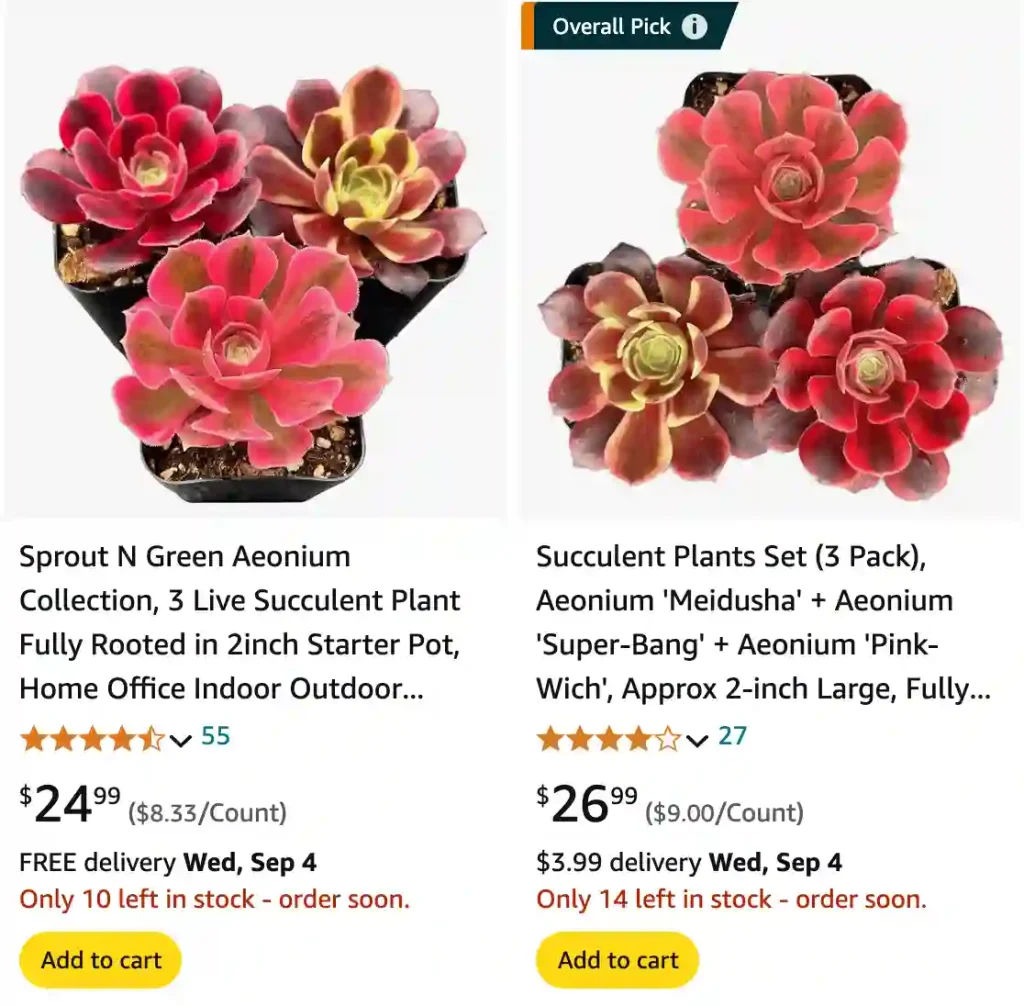
December 5 – Aeonium
"Aeonium, the rosette succulent, defines December 5."
Aeonium symbolizes strength and calmness. You have an inner peace that radiates outward, helping others feel at ease. Like its symmetrical rosettes, your life has a natural order and tranquility.
Aeonium: A Love Affair with Rosettes
My name is Ferb Vu, and I have a confession to make: I’m utterly captivated by Aeonium. These succulents belong to the Crassulaceae family, with their mesmerizing rosettes and almost alien beauty, have completely stolen my heart. Maybe it’s their geometric perfection, the way their leaves spiral outwards in perfect symmetry, or perhaps it’s the sheer variety of forms they take. Whatever the reason, I’m hooked.
I remember the first time I saw an Aeonium. I was wandering through a local nursery, my eyes scanning the shelves for something new and interesting to add to my burgeoning plant collection. Then, there it was, nestled amongst the cacti and jade plants – a vibrant green rosette with leaves so plump and juicy they looked good enough to eat (though I wouldn’t recommend it!). It was an Aeonium arboreum, the common tree houseleek, and I was smitten.
That first Aeonium opened the door to a whole new world of succulent fascination. I started researching, learning about the different species, their unique characteristics, and their native habitats. Did you know that most Aeonium hail from the Canary Islands? It makes sense, given their love for sunshine and volcanic soil.
A Diverse Genus
The more I delved into the world of Aeonium, the more amazed I became by the sheer diversity within this genus. There are over 35 recognized species, each with its own distinct charm. Some, like Aeonium arboreum, reach for the sky, their rosettes perched atop woody stems like miniature palm trees. Here are:
- Aeonium × acebesii O.Arango
- Aeonium × afurense Arango
- Aeonium × aguajilvense Bañares
- Aeonium aizoon (Bolle) T.H.M.Mes
- Aeonium × anagense P.V.Heath
- Aeonium appendiculatum Bañares
- Aeonium arboreum (L.) Webb & Berthel. Plant FAQs: Aeonium Arboreum
- Aeonium aureum (C.Sm. ex Hornem.) T.H.M.Mes
- Aeonium balsamiferum Webb & Berthel.
- Aeonium × barbatum Webb & Berthel.
- Aeonium × beltranii Bañares
- Aeonium × bollei G.Kunkel
- Aeonium × burchardii (Praeger) Praeger
- Aeonium × cabrerae Bañares
- Aeonium canariense (L.) Webb & Berthel. Plant FAQs: Aeonium Canariense
- Aeonium castello-paivae Bolle
- Aeonium × castellodecorum Bañares
- Aeonium × chamorgense Arango
- Aeonium ciliatum (Willd.) Webb & Berthel.
- Aeonium × cilifolium Bañares
- Aeonium × claperae Arango
- Aeonium × condei O.Arango
- Aeonium × contortiflorum O.Arango
- Aeonium cuneatum Webb & Berthel.
- Aeonium davidbramwellii H.Y.Liu
- Aeonium decorum Webb ex Bolle Plant FAQs: Aeonium Decorum
- Aeonium dodrantale (Willd.) T.H.M.Mes
- Aeonium × edgari P.V.Heath
- Aeonium × exsul Bornm. ex Arango
- Aeonium glandulosum (Aiton) Webb & Berthel.
- Aeonium × globosum O.Arango
- Aeonium glutinosum (Aiton) Webb & Berthel.
- Aeonium gomerense (Praeger) Praeger
- Aeonium goochiae Webb & Berthel.
- Aeonium gorgoneum J.A.Schmidt
- Aeonium × grandipetalum Bañares
- Aeonium haworthii Webb & Berthel. Plant FAQs: Aeonium Haworthii
- Aeonium × hernandezii Bañares
- Aeonium hierrense (R.P.Murray) Pit. & Proust
- Aeonium × holospathulatum Bañares
- Aeonium × isorense Bañares
- Aeonium × lambii Voggenr. ex Bañares
- Aeonium lancerottense (Praeger) Praeger
- Aeonium × laxiflorum (Macarrón & Bañares) Bañares
- Aeonium × lemsii G.Kunkel
- Aeonium leucoblepharum Webb ex A.Rich. Plant FAQs: Aeonium Leucoblepharum
- Aeonium × lidii Sunding & Kunkel
- Aeonium lindleyi Webb & Berthel.
- Aeonium liui O.Arango
- Aeonium × loartei Tavorm.
- Aeonium × lowei P.V.Heath
- Aeonium × marreroi Arango
- Aeonium × mascaense Bramwell
- Aeonium × meridionale Bañares
- Aeonium × mixtum P.V.Heath
- Aeonium × monteaquaense Arango
- Aeonium nobile (Praeger) Praeger
- Aeonium × nogalesii Bañares
- Aeonium × occidentale Bañares
- Aeonium × ombriosum P.V.Heath
- Aeonium × orbelindense Bañares
- Aeonium percarneum (R.P.Murray) Pit. & Proust
- Aeonium × perezii Bañares
- Aeonium × praegeri G.Kunkel
- Aeonium × puberulum Bañares & A.Acev.-Rodr.
- Aeonium × riosjordanae (Bañares) Bañares
- Aeonium × robustum Bañares
- Aeonium rubrolineatum Svent.
- Aeonium × sanchezii Bañares
- Aeonium saundersii Bolle
- Aeonium sedifolium (Webb ex Bolle) Pit. & Proust
- Aeonium × septentrionale Bañares & C.Ríos
- Aeonium simsii (Sweet) Stearn
- Aeonium smithii (Sims) Webb & Berthel.
- Aeonium spathulatum (Hornem.) Praeger
- Aeonium × splendens Bramwell & G.D.Rowley
- Aeonium stuessyi H.Y.Liu
- Aeonium × sventenii G.Kunkel
- Aeonium tabulaeforme (Haw.) Webb & Berthel.
- Aeonium × tagananense O.Arango
- Aeonium × tamaimense Bañares
- Aeonium × teneriffae Bramwell & G.D.Rowley
- Aeonium × tijarafense A.Santos ex Bañares
- Aeonium × timense Bañares & Macarrón
- Aeonium × uhlii Tavorm. & S.Tavorm.
- Aeonium undulatum Webb & Berthel.
- Aeonium urbicum (C.Sm. ex Hornem.) Webb & Berthel. Plant FAQs: Aeonium Urbicum
- Aeonium × uriostei O.Arango
- Aeonium valverdense (Praeger) Praeger
- Aeonium × velutinum (N.E.Br.) Praeger
- Aeonium × wildpretii Bañares
How to Care for Aeonium?
Caring for Aeonium is relatively straightforward, but it does require understanding its specific needs. Aeoniums prefer a location with full sun to partial shade. They thrive in well-draining soil, which is crucial to prevent root rot. I usually use a cactus or succulent potting mix and sometimes add extra perlite for better drainage.
Watering Aeonium is a bit different from other succulents. They have a summer dormancy period, so I reduce watering during hot weather and water more in the cooler months. A good rule of thumb is to water when the top inch of the soil feels dry, which often translates to about once every two weeks. However, this can vary depending on the climate.
How to Propagate Aeonium?
Propagating Aeonium is one of my favorite gardening activities because it’s easy and rewarding. The best method is through stem cuttings. I cut a healthy stem just below a rosette, let the cutting dry out for a few days to callus over, and then plant it in well-draining soil. Keeping the soil slightly moist but not wet encourages root growth.
Can You Propagate Aeonium from a Leaf?
Unlike some other succulents, Aeoniums don’t propagate well from a single leaf. While it’s not impossible, it’s very rare for a leaf to develop into a full plant. Instead, I recommend sticking with stem cuttings for the best results.
How Often Should You Water Aeonium?
Aeoniums don’t need a lot of water. I find watering them every two weeks is usually sufficient, but it’s essential to adjust based on the season. During their active growing period in the cooler months, I water more frequently. In summer, when they’re dormant, I reduce watering to prevent overwatering and root rot.
Can Aeonium Be Grown Indoors?
Yes, Aeoniums can be grown indoors. I have a few inside my home, and they do quite well. The key is to place them in a spot where they receive plenty of light, such as a south-facing window. If natural light is insufficient, a grow light can help. Just be mindful not to overwater them, as indoor plants tend to dry out slower than those outside.
How to Get Aeonium to Branch?
To encourage Aeonium to branch, I use a simple trick: pruning. By cutting the main stem just above a leaf node, new branches will emerge below the cut, making the plant bushier. It’s best to do this in the spring when the plant is actively growing.
How to Make Aeonium Bushy?
Making an Aeonium bushy involves encouraging multiple branches to form. Regular pruning helps, but so does ensuring the plant has enough light. A plant that doesn’t receive enough light will grow leggy as it stretches towards the light source. By providing adequate sunlight and occasionally pinching back new growth, Aeoniums will develop a fuller, bushier appearance.
How to Repot Aeonium?
Repotting Aeonium is necessary every couple of years, especially if it outgrows its current container. I usually choose a pot slightly larger than the current one with good drainage holes. Gently remove the plant from its old pot, being careful not to damage the roots, shake off the old soil, and place it into fresh, well-draining soil.
How Do You Keep Aeonium Over the Winter?
Aeoniums are not frost-tolerant, so they need protection in colder climates. If I expect temperatures to drop below freezing, I bring my Aeoniums indoors or move them to a sheltered location. In milder climates, a frost cloth can offer some protection. Ensuring they stay dry during winter helps prevent root rot.
Is Aeonium Toxic to Cats?
One of the best things about Aeoniums is that they are non-toxic to cats and dogs. I have pets, so this is a significant factor for me. I can enjoy the beauty of Aeoniums without worrying about my pets being harmed if they decide to take a nibble.
Why Is My Aeonium Dropping Leaves?
Leaf drop in Aeoniums can be due to several factors, including overwatering, underwatering, or natural aging. It’s common for Aeoniums to shed older leaves as they grow. However, if you notice sudden or excessive leaf drop, it’s worth checking the plant’s water needs and lighting conditions.
Is My Aeonium Dead?
If your Aeonium looks wilted or the leaves have all fallen off, don’t panic. These plants can look pretty rough during dormancy or after stress but often bounce back. Check the stem; if it’s still firm and green, your Aeonium is likely still alive. Give it some time, adjust care if needed, and it may recover.
Aeonium vs. Echeveria
Aeoniums and Echeverias are often confused due to their similar rosette shapes. However, Aeoniums have thicker, more rubbery leaves, while Echeverias have thicker, often more colorful leaves. Aeoniums also tend to grow on stems, whereas Echeverias remain closer to the ground.
Aeonium vs. Sempervivum
Another common confusion is between Aeoniums and Sempervivums. The key difference is their growing habits. Sempervivums are hardy and can survive freezing temperatures, making them ideal for outdoor gardens in colder climates. Aeoniums, on the other hand, are not frost-tolerant and need protection from cold weather.
Where to Buy Aeonium?
Finding Aeoniums for sale can be a bit of a hunt, but they’re often available at specialized nurseries, garden centers, or online plant shops. I’ve had good luck finding unique varieties from local plant swaps and online succulent communities.
Aeoniums are fantastic plants that add a unique touch to any garden or indoor space. By understanding their needs and how to care for them, you can enjoy these beautiful succulents for many years. Happy gardening!
If i die, water my plants!
